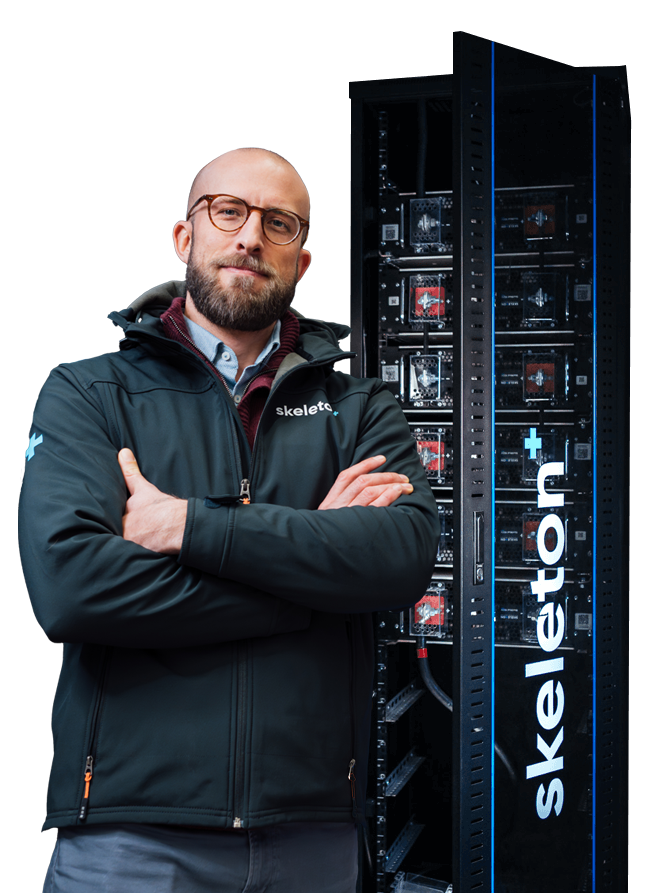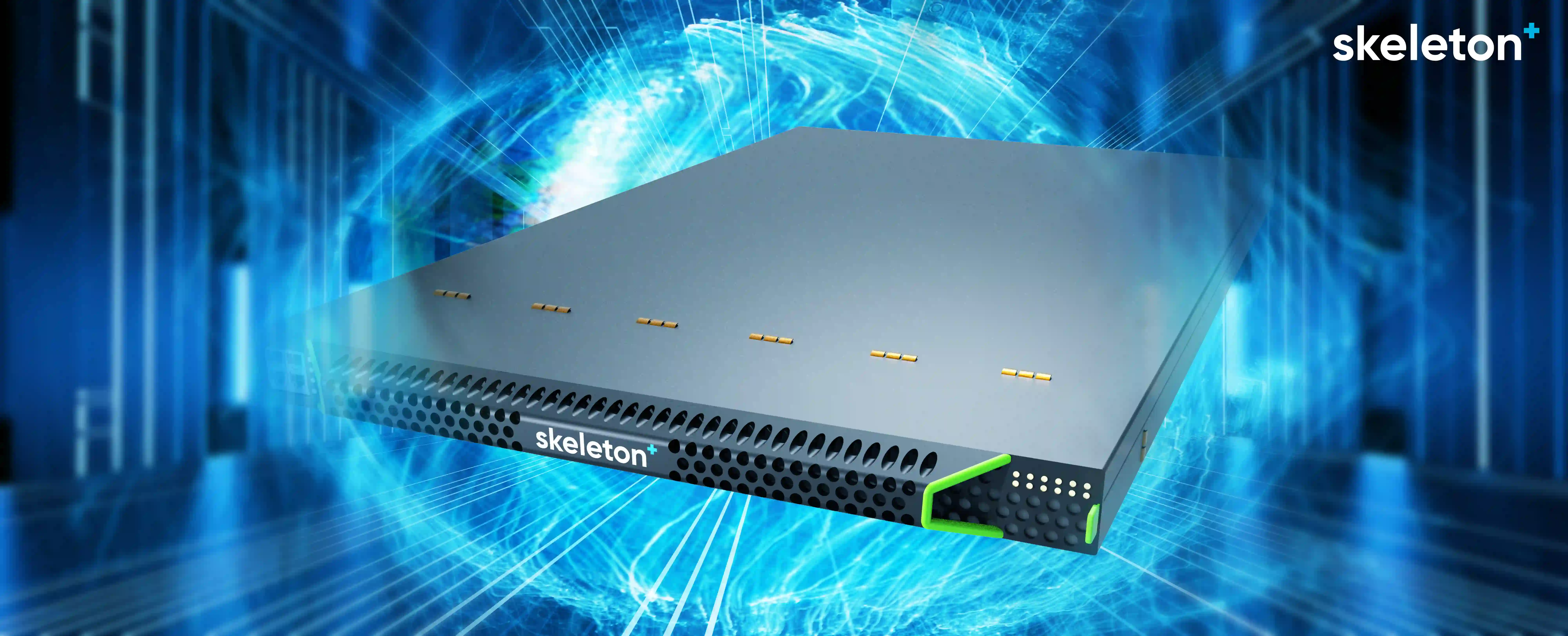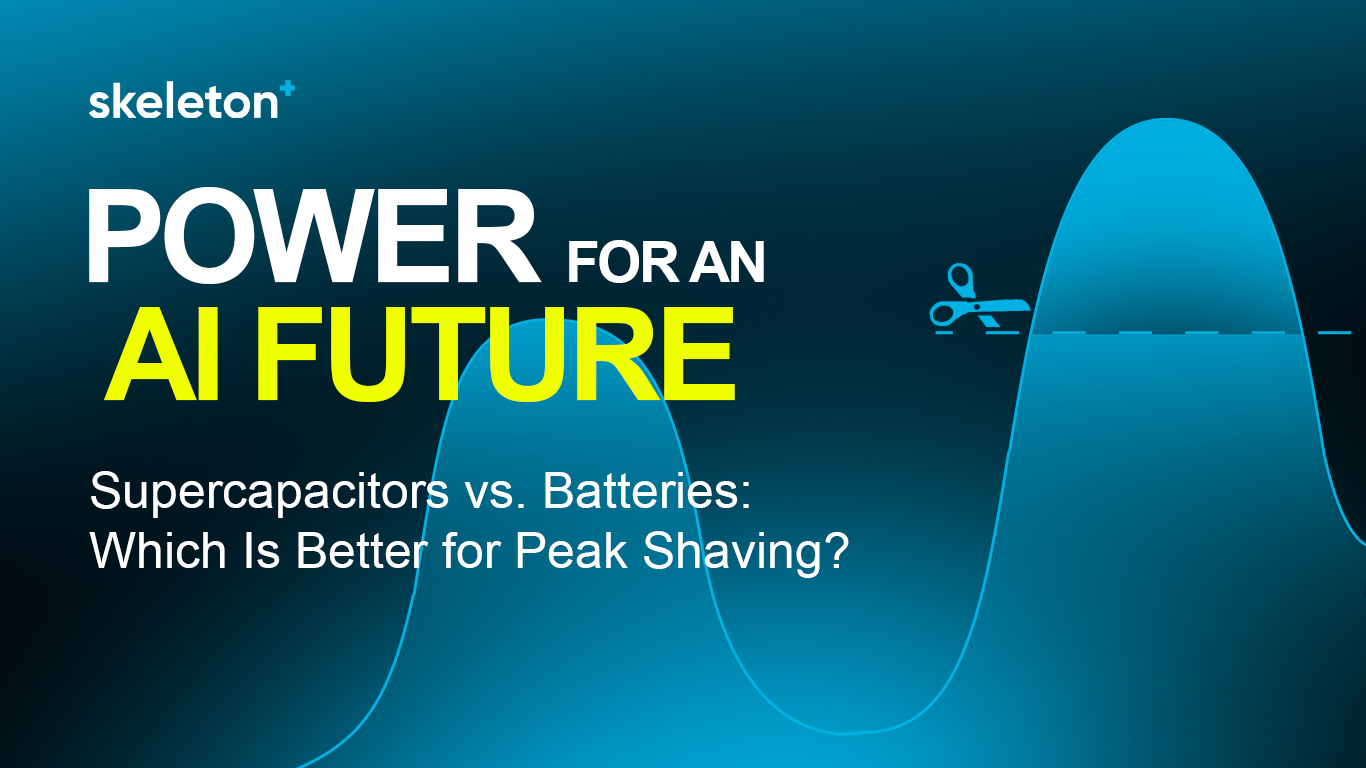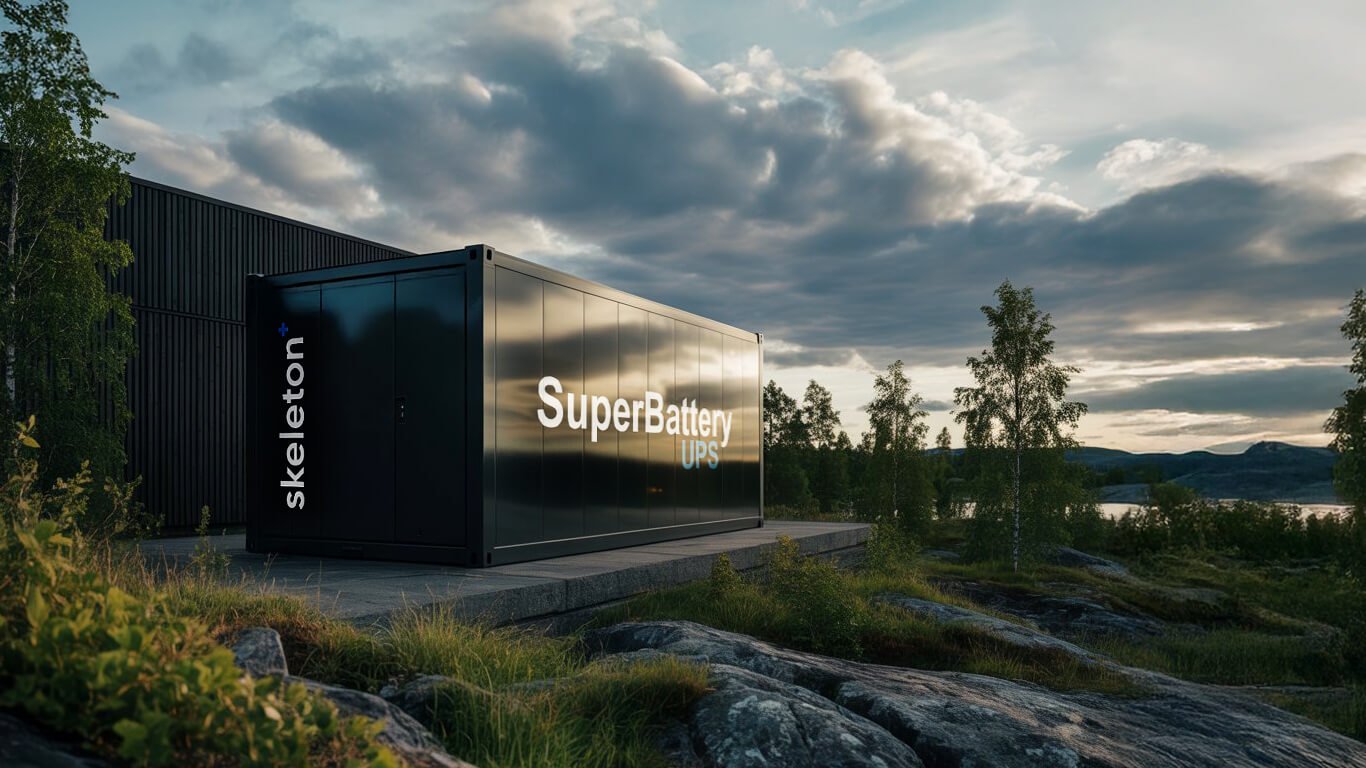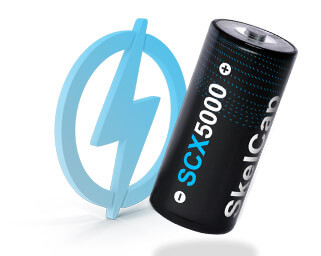

The power grid industry is among the most vital sectors where energy storage systems need to ensure maximum stability and extended service life. Monitoring the health of these systems is vital for maintaining a reliable grid, but determining service life and detecting faults can be challenging, often leading to increased maintenance costs. How can you tell when a system is aging or when its components might be damaged? SkelGrid 2.0 by Skeleton Technologies goes beyond being just an energy storage system; it features an intelligent SoH (State of Health) monitor that predicts and identifies potential failures, indicates when a module needs replacement, and automatically recommends corrective actions to enhance performance. SkelGrid 2.0 provides real cost savings for customers.
What is SoH and why is it important to understand how it works?
SoH stands for State of Health, therefore meaning how healthy an energy storage cell, or a module, or a whole rack are. “Healthy”, in energy storage language, means near to Begin of Life, where the performance (how much energy can be stored, and how much power can be drawn) is at the maximum. Over the system's life, inevitably, performance will worsen to the point where the product is no longer able to serve its purpose: this is called End of Life, and means the component needs to be replaced.
An energy storage device has mainly 2 parameters: rated power and rated energy. Our SoH algorithm is a software that runs on a microcontroller and monitors a multitude of cell level data (voltage, temperature, current) over time. By running some complex algorithm, the software can understand the internal resistance and capacitance of each cell being monitored at the same time, without need of stopping the operation or to run specific charge/discharge cycles.
This translates into knowing how much power and energy each cell is capable of, at any point of its life. This information is then compared to the starting point: how much has the system aged in the meantime? How long before it needs to be replaced? Is everything under control? All this information can improve dramatically the operation of the system, as well as enabling predictive maintenance.
In grid-scale energy storage applications, why does SoH monitoring play such an important role?
While this unavoidable aging takes decades to happen, it is extremely important for our customers to have updated and reliable information about the status and projection of the system performance.
Specifically, when it comes to grid-scale (large scale) energy storage installation, the high number of components in use can complicate things when it comes to monitoring and maintenance: knowing which components will fail, where and when, can reduce the operational costs and optimize the performance of the installation.
Finally, in large scale systems, it is often not possible to disconnect the grid and perform specific cycles on the storage to estimate its State of Health, and that is why our hardware and algorithm were designed to monitor the energy storage modules during normal operation, and communicate with the plant control continuously.
Why understanding SoH is pivotal for choosing the right energy storage system for E-STATCOM?
Statcoms are relatively complex machines, where the failure of individual components triggers containment actions and consequences: the system is a live creature that keeps changing its topology, and isolates certain sections, to isolate problematic parts and protects healthy sections. In such an elaborate control system, having reliable information about what functions properly and what doesn’t, is key to operate the system reliably and in safe manner. Being blinded and hope that things go as planned for a couple of decades is not how these devices are designed: pre-charge, discharge, disconnection, bypass and maintenance are all critical functions which need good monitoring capability.
How SkelGrid’s master controller with advanced SoH monitoring delivers superior efficiency and cost savings over competitors?
Our Master Controller behaves like a brain for SkelGrid 2.0. It monitors all the messages sent by each module in the rack, takes action on them and communicate critical information to the higher level control system to the customer. This means, that all SoH calculations are also happening in its microprocessor. Due to its highly integrated hardware and software functions, SkelGrid is capable of making decisions and suggestions to the customer on how to operate it at the maximum of its capabilities, such as:
1. Identifying faulty cells: if after several years one cell starts to degrade faster than others, the SoH can indicate with precision that such a situation is about to occur pointing the customer to the right cause of the issue and (for instance) suggesting a preventive replacement or derating of the string.2. Replacing faulty modules: when 1 module is reaching end of life, usually the complete string is affected. In this case, the customer can be informed about which module is sufficient to replace, instead of the full stack.
3. Modelling of the energy storage: so that customers can predict the dynamic behavior of the system in case of specific usage profiles, allowing the customer to make educated decisions and performance prediction.
